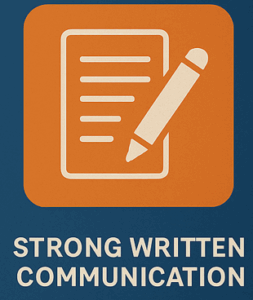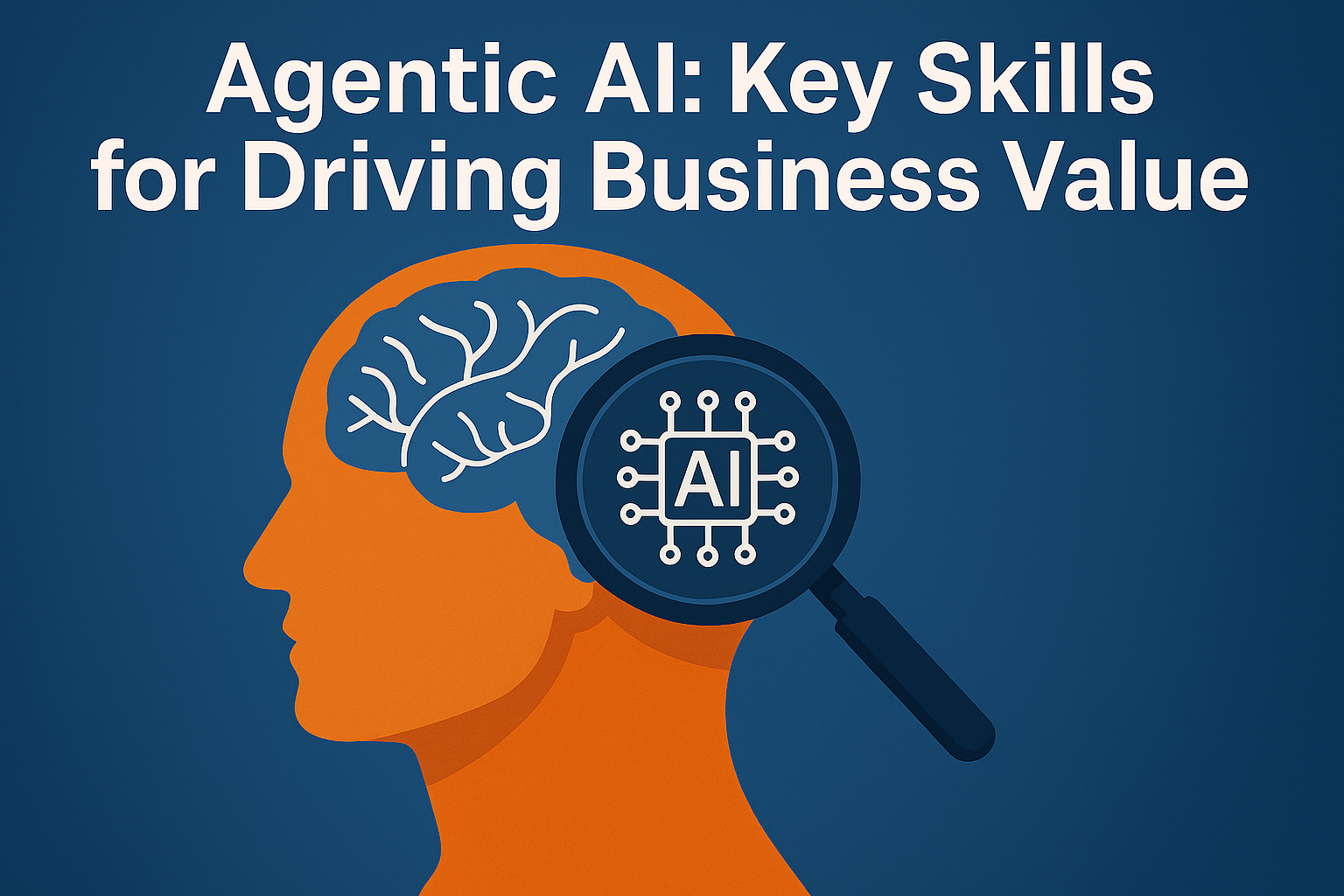
AI is rapidly transforming business. Success now belongs to teams that know how to design, guide, and validate AI to achieve strategic goals. The key question: Does your team have the skills to turn AI into real business value?
At RadixBay, we view AI as more than a technical capability. It’s a strategic advantage that allows organizations to rethink how work gets done, how decisions are made, and how value is delivered. One of the most powerful shifts we’re seeing right now is the rise of Agentic AI, intelligent systems that can take action with minimal supervision. To design and guide these systems effectively, we need more than just good technology. We need people with the right skills, mindset, and curiosity to work alongside these agents and shape its impact.
Analytical Mindset for AI
When Salesforce first launched Agentforce, I was curious but unsure how it would truly impact the role of an Analyst. That changed when I went deeper into prompt engineering and eventually earned my Agentforce Specialist certification. What became clear through that experience is that the skills needed to work with AI are not technical alone. The skills to adopt and drive AI innovation are strategic and require a human touch.
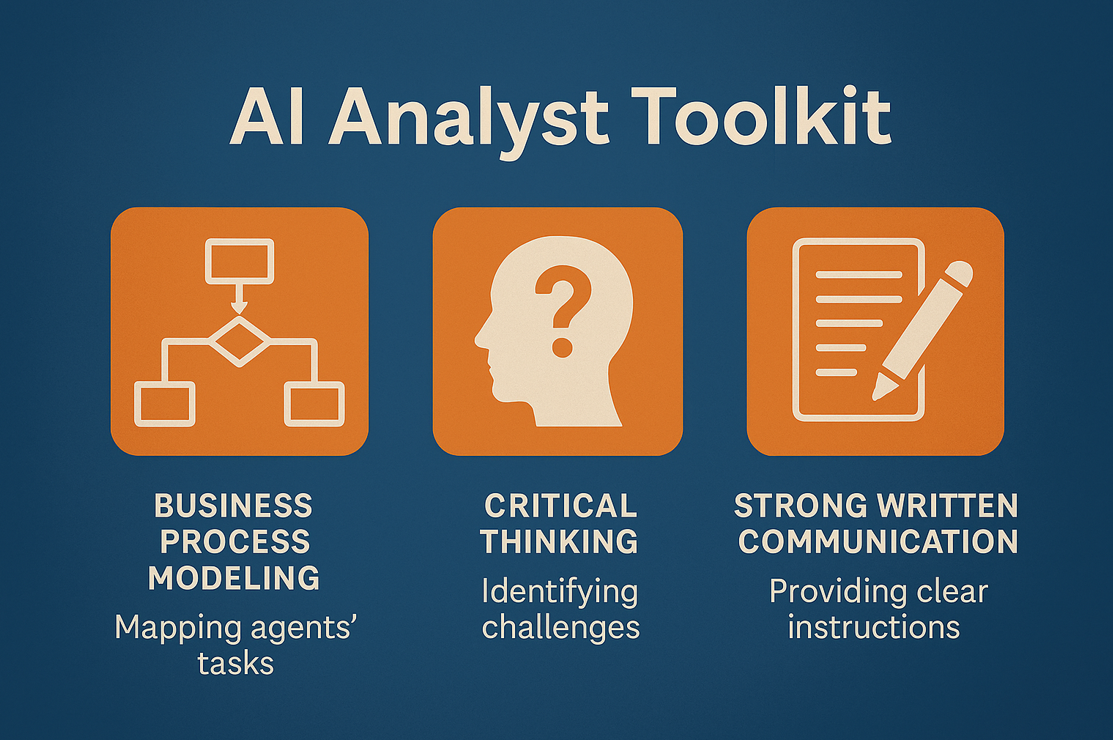
So, what skills do Analysts need to design Agents:
- Business Process Modeling – A well-structured process map ensures agents deliver consistent, measurable results and reduces rework downstream.
- Critical Thinking – Strong critical thinking prevents costly blind spots and ensures agents scale effectively as business needs evolve.
- Strong Written Communication – Clear, precise instructions can mean the difference between an agent that saves hours and one that creates confusion.
Business Process Modeling – Mapping Agents’ Tasks
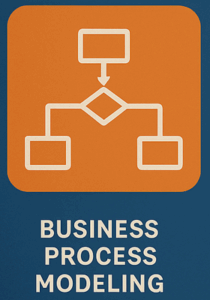 Before you design an Agent, you need to understand what the tasks are that the Agent will be performing. Analysts need to be able to map these tasks in a business process map. This visualization can help the Analyst with their stakeholders to understand the agent’s goals, what actions are to be taken, what is needed, and what are guardrails for the agent. Simple visualization will drive the setup of the Agent’s topics, instructions and actions built by the development team. Check out this trailhead to learn more Outline the Agent’s Work | Salesforce Trailhead.
Before you design an Agent, you need to understand what the tasks are that the Agent will be performing. Analysts need to be able to map these tasks in a business process map. This visualization can help the Analyst with their stakeholders to understand the agent’s goals, what actions are to be taken, what is needed, and what are guardrails for the agent. Simple visualization will drive the setup of the Agent’s topics, instructions and actions built by the development team. Check out this trailhead to learn more Outline the Agent’s Work | Salesforce Trailhead.
Once you’ve mapped the agent’s tasks, the next challenge is anticipating potential obstacles—this is where critical thinking comes in.
Critical Thinking – Identifying Challenges for the Agent
 When working on development initiatives, Analyst need to document business requirements, user stories, and acceptance criteria to share how the requirements will be delivered. A good Analyst will be effective in delivering this. A consultative Analyst takes it one step further and can identify the “What -If” scenarios that have not been discussed. The consultative Analyst will identify where there are gaps. The consultative Analyst who uses the consultative approach will thrive in Agent design. Why? These critical thinking skills will help to identify where instructions and actions are needed. They can identify scenarios where the Agent may be confused. They can look at the test results based on various utterances and see where and why the Agent was not successful. The critical thinking will fine-tune the Agent design from idea to reality.
When working on development initiatives, Analyst need to document business requirements, user stories, and acceptance criteria to share how the requirements will be delivered. A good Analyst will be effective in delivering this. A consultative Analyst takes it one step further and can identify the “What -If” scenarios that have not been discussed. The consultative Analyst will identify where there are gaps. The consultative Analyst who uses the consultative approach will thrive in Agent design. Why? These critical thinking skills will help to identify where instructions and actions are needed. They can identify scenarios where the Agent may be confused. They can look at the test results based on various utterances and see where and why the Agent was not successful. The critical thinking will fine-tune the Agent design from idea to reality.
Thinking ahead and spotting gaps is what sets great analysts apart. When we ask “what if?” and look for the tricky spots, we help agents work smarter and avoid surprises. Good critical thinking is not just a skill but the way is how we turn ideas into real results.
Strong Written Communication – Communicating with Agents
We have gone to a diner and had to respond to the question, “What would you like to order?”. Did you say “Eggs” or was your response “Scrambled eggs,” “Poached eggs” or “Hard boiled eggs”? The reason that your response is more descriptive is because you need to give instructions to the cook.
Similar to our diner story, an Analyst needs to provide clear instructions to the Agent so that the Agent knows how and what task to perform. Analysts that cannot express instructions to the Agent will result in a poor Agent rollout.
Let us look at these two instructions:
- Email to customer that technician is late
- As a customer service representative, send an email to a customer advising that technician is late and share updated expected window of arrival.
Both sets of instructions have the same intent. However, the later one will be successful because the analyst wrote down the details for the email.
Clear instructions make all the difference. The better we explain what needs to be done, the smoother things go – whether we’re working with people or AI agents. Good communication is not just helpful; it’s what makes smart teamwork possible.
The Human Touch and Agents
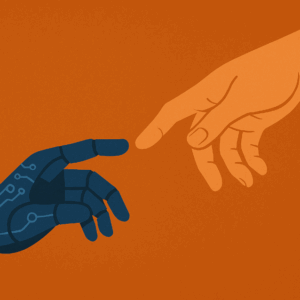 It’s essential to cultivate an analytical mindset and invest in vital soft skills as we adapt to working alongside AI. Think of AI agents as your team’s virtual assistants – not replacements – boosting efficiency and supporting your team’s growth. By building these collaborative capabilities today, you prepare your organization for long-term success. Teams that embrace both analytical thinking and strong interpersonal skills will be ready to lead in a future shaped by innovation.
It’s essential to cultivate an analytical mindset and invest in vital soft skills as we adapt to working alongside AI. Think of AI agents as your team’s virtual assistants – not replacements – boosting efficiency and supporting your team’s growth. By building these collaborative capabilities today, you prepare your organization for long-term success. Teams that embrace both analytical thinking and strong interpersonal skills will be ready to lead in a future shaped by innovation.
Drive your team’s success with RadixBay. Contact us today to discover how RadixBay’s analytical mindset and agentic AI can deliver powerful results for your business.

Thanks for reading!
Is your organization ready to harness AI’s efficiency without losing the human touch that builds customer trust?. Drop me a message—I’d love to hear about your AI challenges and opportunities.
Miriam Vidal Meulmeester, PMP
RadixBay Vice President, Cloud and AI
